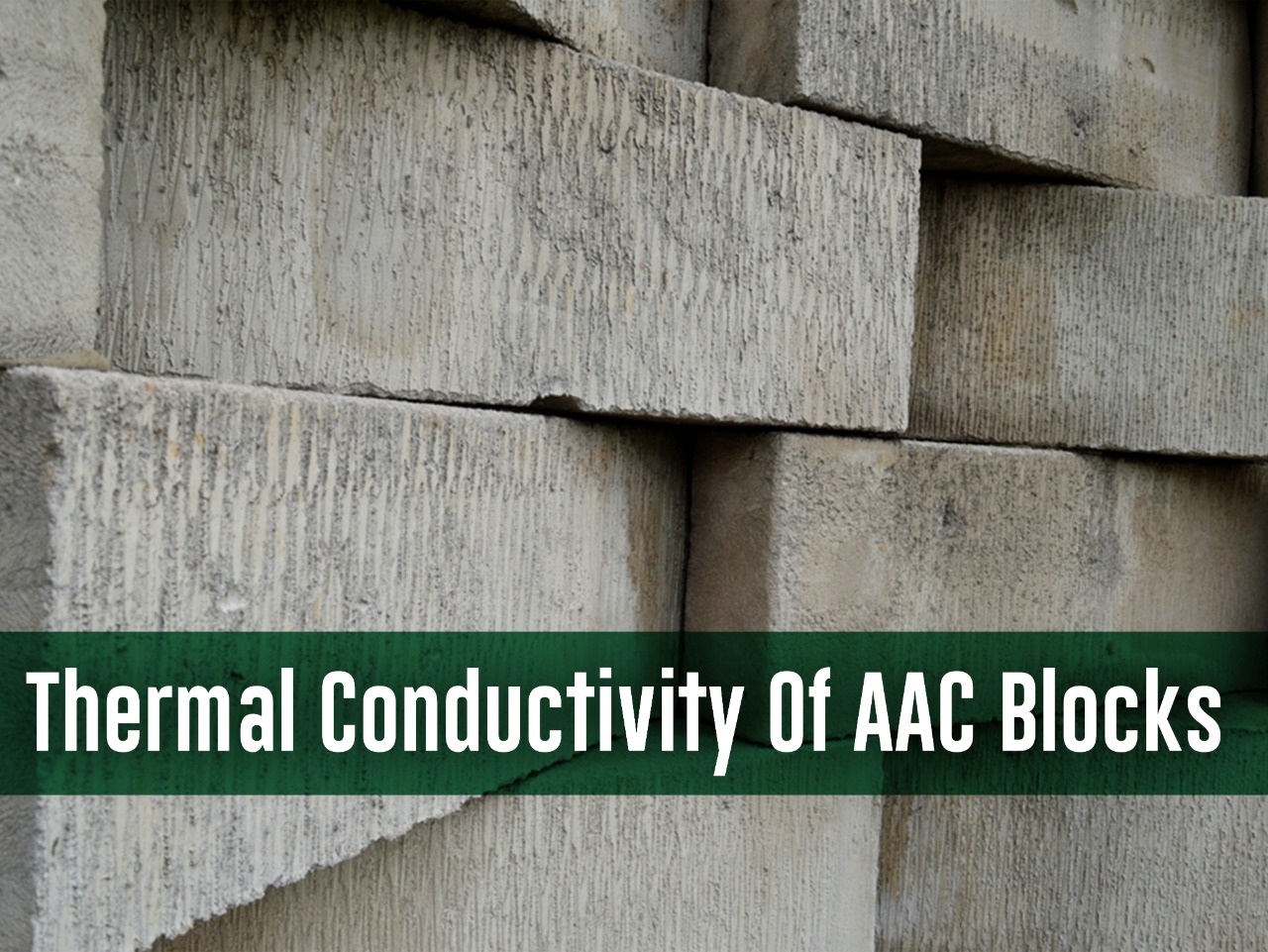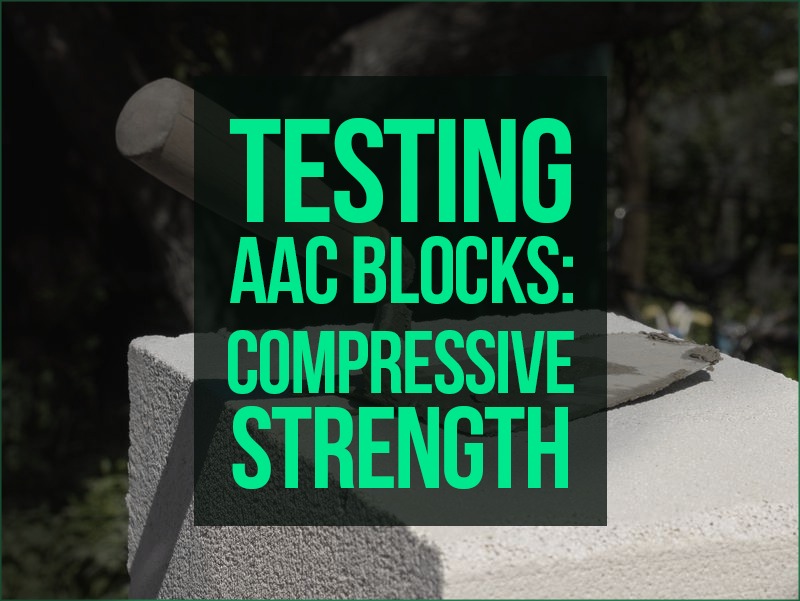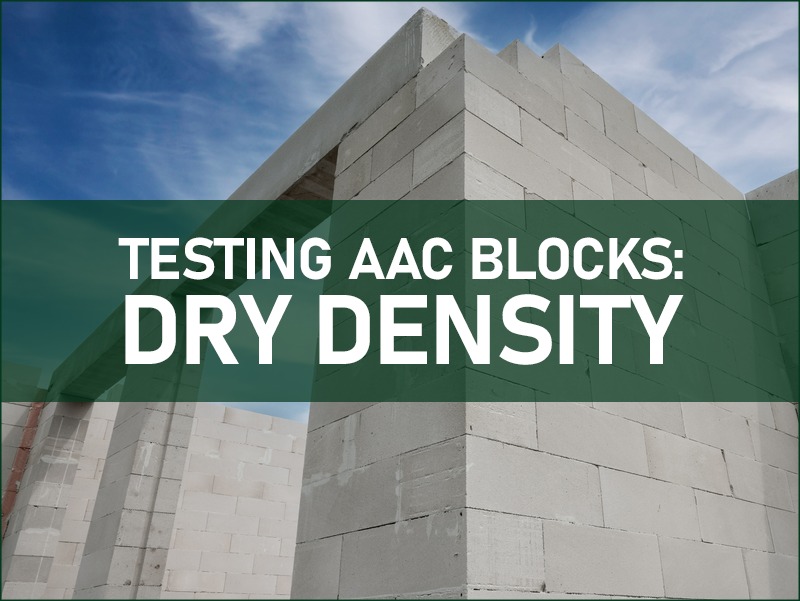
Thermal Conductivity Of AAC Blocks | U value and R value | ECOREX
Towards the end of the 1st World War, Europe thought of having a building material that would keep the building warm. They wanted to prevent the cold from coming inside. The building material used would exhibit thermal conductivity and it had to be inexpensive, readily available and manageable, and comfortable to work with. The AAC blocks could be a perfect fit that would fulfill these criteria. These blocks were invented for keeping the building thermally insulated and keeping the heat out from the building.
What is meant by the terms U-value and R-value?
The terms U value and R value are mutually opposite to each other but are used together when we discuss a material's insulation property. The R-value represents resistance to heat whereas the U-value describes the conductivity of the material.
The interpretation would be as follows:
U-value is more of an engineering term that describes thermal performance. The real difference between them is much more complex but generally, a high R-value means a low U-value. During construction, we prefer a material that would have a higher R-value because we don't want the heat or cold to enter inside. The unit of R-value is m2K/W whereas the unit of U value is exactly the opposite of it- W/m2K.
Thermal Conductivity
Thermal conductivity is specified by the IS 2185 part 3 for the AAC blocks. Thermal conductivity is denoted by Lambda (given by the Greek symbol λ) and represents how easily heat flows through a particular material, irrespective of its thickness. The lower the thermal conductivity of a material, the better the thermal insulation. This means that the heat will move across the material very slowly when the thermal conductivity is low.
Thermal conductivity is measured in Watts per Metre Kelvin (W/ mK).
How does this concept work in the real life?
The construction needs vary according to the place or city where the construction has to be done. To construct a bungalow in Nagpur, it being a hot city, we require a fairly low U-value (maybe 0.65 W/m2K) for the walls so that the heat remains outside the building during summer and the air conditioning costs could be reduced. It is important to understand that the U-value gives a heat transfer/resistance value per square area of a wall. In other words, we need to use a building product that will allow only 0.65 watts of heat per square meter of wall area for every degree rise in temperature. For this construction work, we must select a product that fits the aforementioned specification.
Suppose, we select AAC blocks for masonry that normally have a thermal conductivity of 0.15 W/mK. It is however significant to observe the difference in units between the U-value and thermal conductivity now. Please note that thermal conductivity is given per meter thickness. So to meet the specifications for constructing a bungalow in Nagpur, we will have to use the following formula:
U value = Thermal conductivity/wall thickness
Wall thickness Thermal conductivity/U value
So, the required wall thickness for your bungalow = 0.15/0.65 0.23 m = 9 inch
How to Test the Thermal Conductivity of the AAC Blocks - IS code 3346?
IS Code 3346 is a generic code for testing of thermal conductivity of various materials and hence the procedure is not specific to AAC blocks but applies to them.
This is what the code says about the test:
"The method, which has been recognized by scientists and engineers in most countries as the most dependable and reproducible, is the one known as the 'two-slab, guarded hot-plate method. It is suitable for materials which can be laid flat between two parallel plates..."
Since it involves multiple levels of calculations it is essential to go through the IS code carefully to fully understand how the test is carried out. But it can be summarized as under:
The thermal conductivity of the specimens using steady-state data is as follows:

Where,
i = current in amperes through the central heater
v = potential drop in volts
l = thickness of specimen during the test in m
A = specimen area enclosed by the boundary running midway through the air gap between the central and the guard heater in m2
Th = hot face temperature in K
Tc = cold face temperature in K.
Recent blogs

Thermal Conductivity Of AAC Blocks | U value and R value | ECOREX
AAC blocks were invented for keeping the building thermally insulated and keeping the heat out from the building. Let's dig deep into Thermal Conductivity of AAC Blocks.

Top 5 AAC Block Manufacturers In India
Here is a list of the top 5 AAC block manufacturers in India. Because as a property owner, it is advised to have a working knowledge of different AAC block manufacturers.

Testing AAC Blocks: Compressive Strength | Ecorex
One of the most important characteristics of AAC blocks for the user is their compressive strength. Drying Shrinkage, Dry Density, as well as Compressive Strength, have different test procedures. Let's find out more together.

Testing AAC Blocks: Dry Density | Ecorex
Most of the popularity that AAC blocks have gained over the years is due to their unique characteristic of being lightweight. This is checked with the help of a dry density test.
